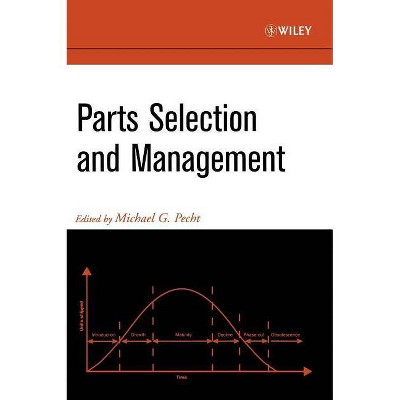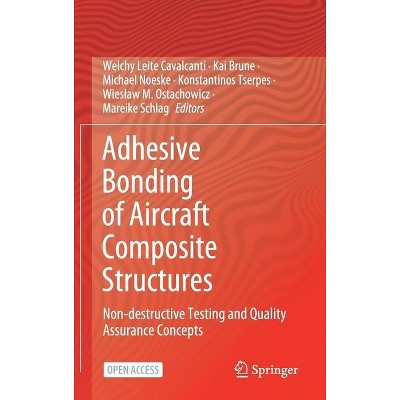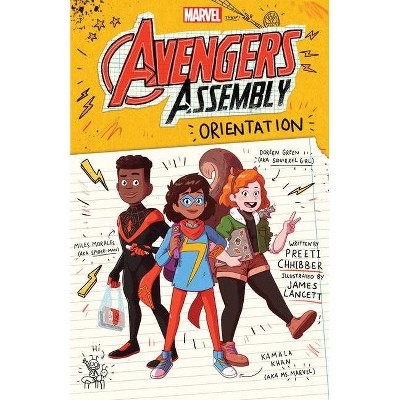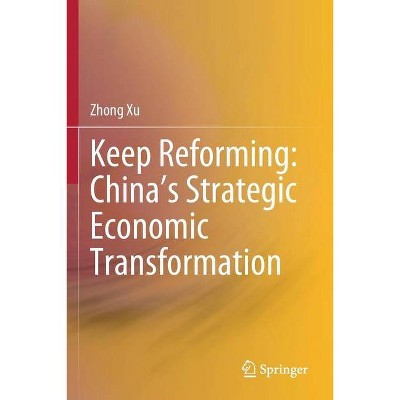Copper Wire Bonding - by Preeti S Chauhan & Anupam Choubey & Zhaowei Zhong & Michael G Pecht (Hardcover)

Similar Products
Products of same category from the store
AllProduct info
<p/><br></br><p><b> About the Book </b></p></br></br><p>Copper wire bonding is now replacing gold across the electronics industry, but its metallurgical aspects are highly specialized. This guide combines comparative metallurgical data with full coverage of the methodology and the latest technical innovations.</p><p/><br></br><p><b> Book Synopsis </b></p></br></br>Copper Wire Bonding.- Bonding Process.- Bonding Metallurgies.- Wire Bond Evaluation.- Thermal Reliability Tests.- Humidity and Electromigration Tests.- Wire Bond Pads.- Concerns and Solutions.- Recommendations.- Appendix A: Reliability Data.- Appendix B: Patents on Copper Wire Bonding.<p/><br></br><p><b> From the Back Cover </b></p></br></br><p>This critical volume provides an in-depth presentation of copper wire bonding technologies, processes and equipment, along with the economic benefits and risks. Due to the increasing cost of materials used to make electronic components, the electronics industry has been rapidly moving from high cost gold to significantly lower cost copper as a wire bonding material. However, copper wire bonding has several process and reliability concerns due to its material properties. <i>Copper Wire Bonding</i> book lays out the challenges involved in replacing gold with copper as a wire bond material, and includes the bonding process changes--bond force, electric flame off, current and ultrasonic energy optimization, and bonding tools and equipment changes for first and second bond formation. In addition, the bond-pad metallurgies and the use of bare and palladium-coated copper wires on aluminum are presented, and gold, nickel and palladium surface finishes are discussed. The book also discusses best practices and recommendations on the bond process, bond-pad metallurgies, and appropriate reliability tests for copper wire-bonded electronic components.</p><p>In summary, this book: </p><ul><li>Introduces copper wire bonding technologies</li><li>Presents copper wire bonding processes</li><li>Discusses copper wire bonding metallurgies</li><li>Covers recent advancements in copper wire bonding including the bonding process, equipment changes, bond-pad materials and surface finishes</li><li>Covers the reliability tests and concerns</li><li>Covers the current implementation of copper wire bonding in the electronics industry</li><li> Features 120 figures and tables</li></ul><p><i>Copper Wire Bonding </i>is an essential reference for industry professionals seeking detailed information on all facets of copper wire bonding technology.</p><p/><br></br><p><b> Review Quotes </b></p></br></br><br><p>From the reviews: </p><p>"The book gives a wide perspective on the technical insights of copper wire bonding deployment in industry while adding very valuable industry insights. It is a good resource to demonstrate the many facets of copper wire bonding, and can serve as a very informative technical reference. Valuable as a learning tool for copper wire bonding, its clear relevance to real world industry practices make it useful for both academics and semiconductor industry practitioners." (Chong Leong Gan, Classe Francis, Bak Lee Chan and Hashim Uda, Microelectronics Reliability, November, 2013)</p><br><p/><br></br><p><b> About the Author </b></p></br></br><p>Preeti Chauhan is a researcher from the Center for Advanced Life Cycle Engineering at the University of Maryland. She is currently a technology development Q&R engineer at Intel Corporation.</p><p>Anupam Choubey is a consultant in the area of packaging engineering in the Boston, MA area. </p><p>ZhaoWei Zhong is a Professor of Mechanical and Aerospace Engineering at Nanyang Technological University.</p><p>Michael Pecht is a world renowned reliability engineer and educator. He is the founder and Director of CALCE (Center for Advanced Life Cycle Engineering) at the University of Maryland.<br></p>
Price History
Price Archive shows prices from various stores, lets you see history and find the cheapest. There is no actual sale on the website. For all support, inquiry and suggestion messagescommunication@pricearchive.us




















